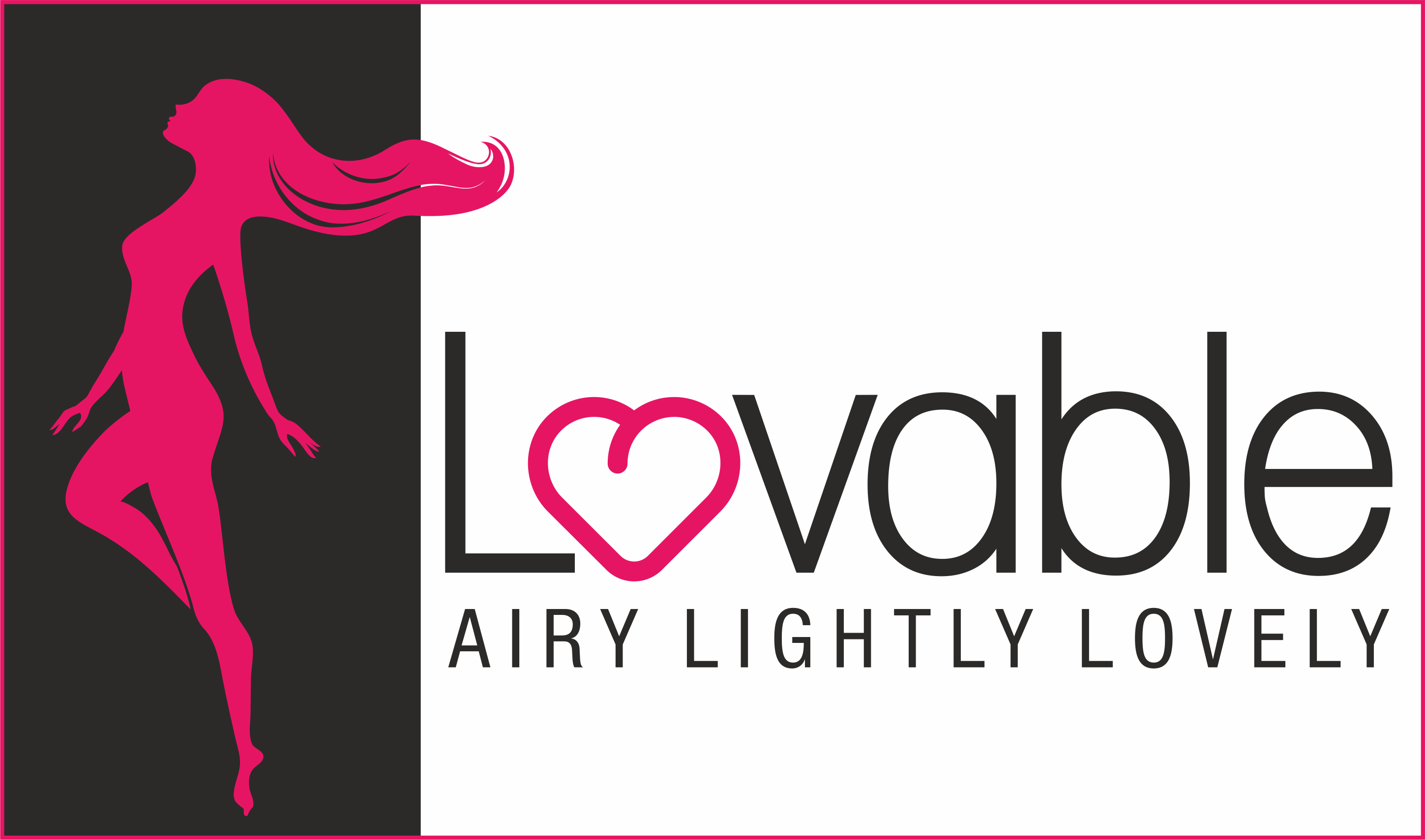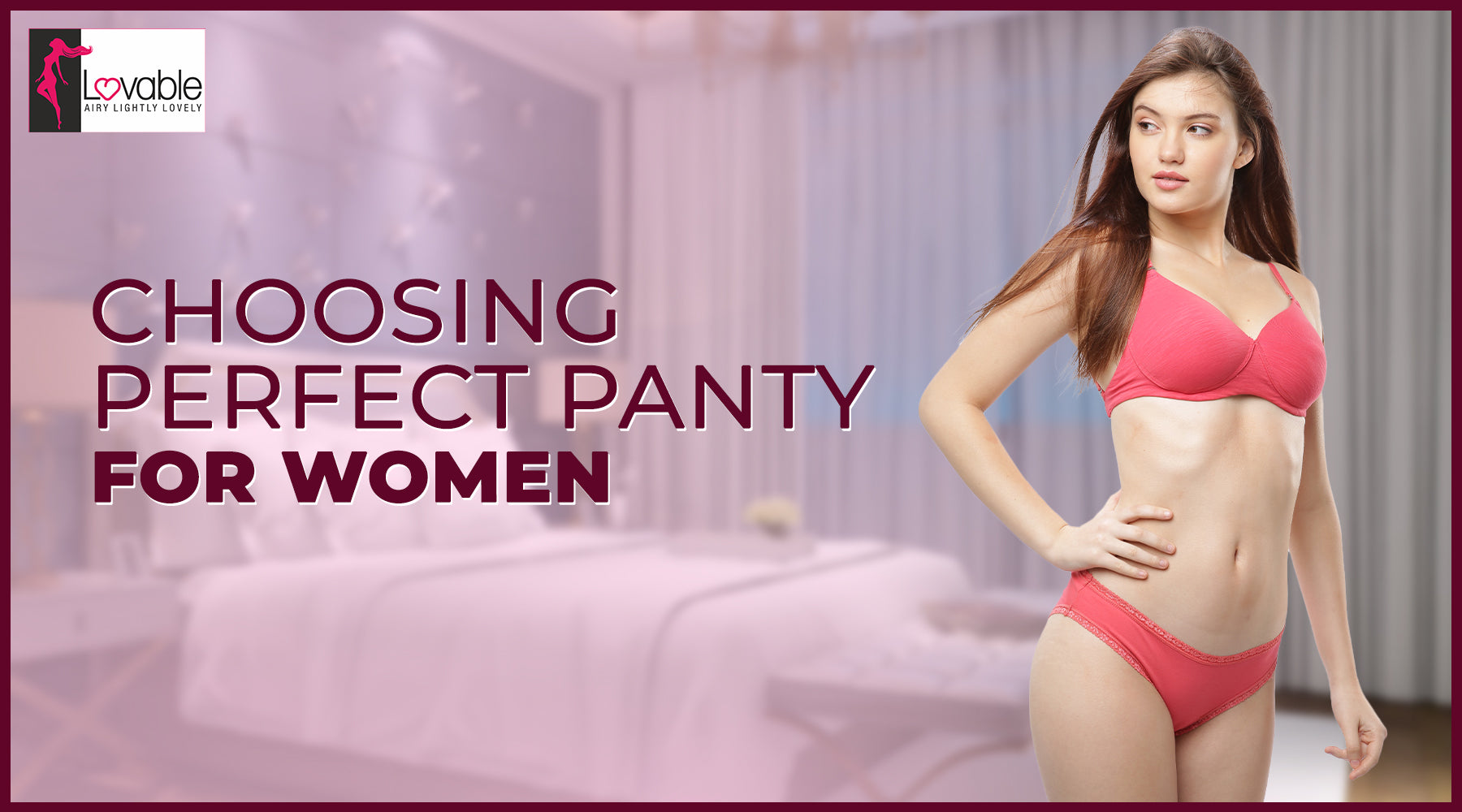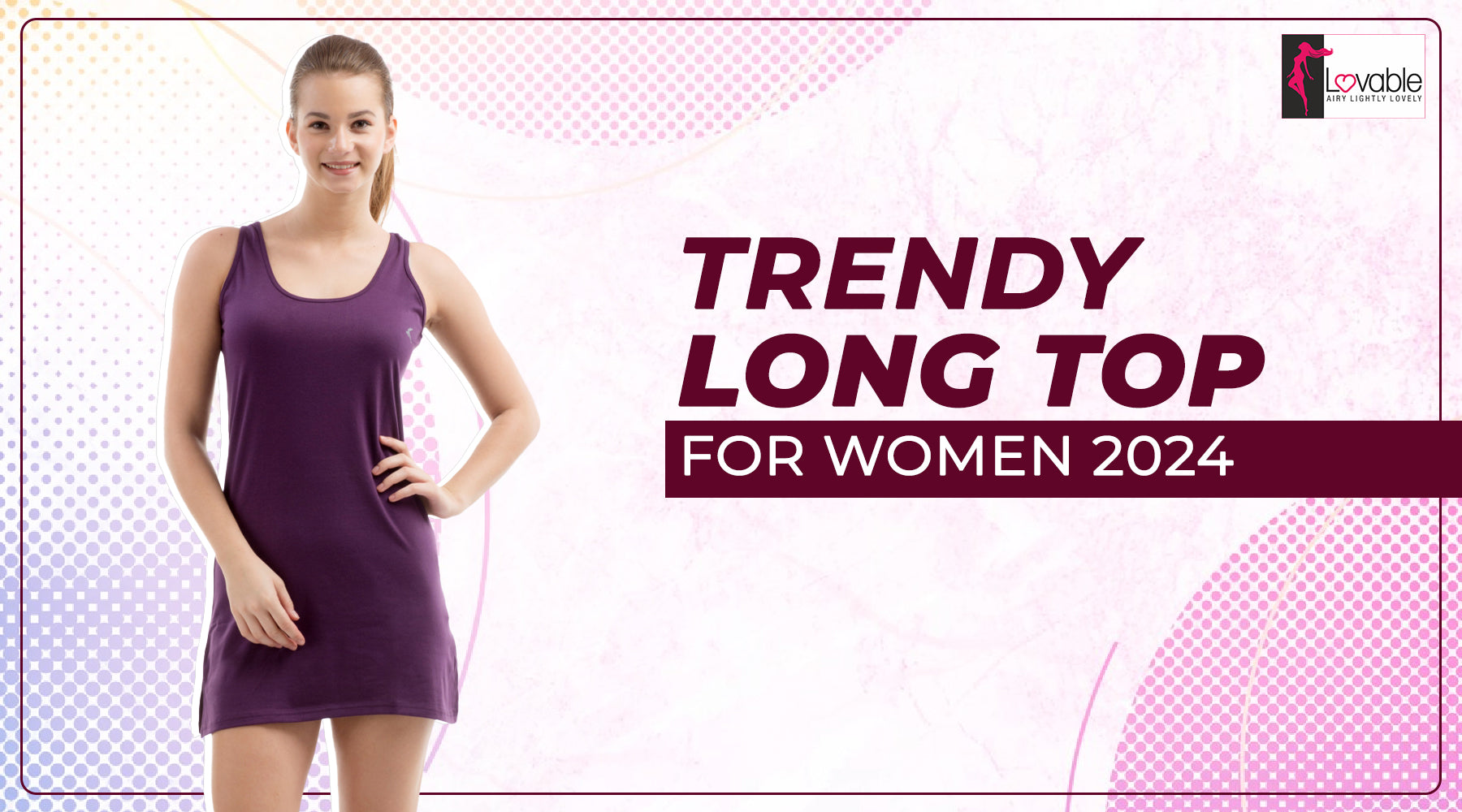why girls wear bra
Why do Girls wear bras?
Imagine you're on a thrilling roller coaster ride, your heart pounding and your hair whipping in the wind. Suddenly, you feel that familiar bounce – your breasts are moving freely. Not exactly the most comfortable feeling, right? The bra stands as an emblem of femininity, support, and comfort and a very essential element of women’s innerwear. But beyond the aesthetics lies a profound question: why do girls wear bras? While societal expectations and fashion trends certainly play a role in the decision to wear a bra, several compelling natural needs make bras beneficial for many girls and women. Understanding these needs can help individuals make informed choices about their comfort and well-being.
How does a bra provide comfort and support?
Imagine feeling as snug as a bug in a rug, no matter where life takes you. That's the magic of a well-fitted bra! From yoga sessions to boardroom meetings, a good bra has your back (and your front), offering the support you need to conquer the day with confidence.
- Movement and Bounce: So why should girls wear bras? Breasts are composed of fatty tissue and glands, which are not naturally anchored to the muscle wall. During physical activity, this lack of inherent support can lead to significant bounce and movement. A well-fitting bra helps minimise this movement, reducing chafing, irritation, and discomfort, especially during activities like running, jumping, or dancing.
- Weight Distribution: For women with larger breasts, the weight can cause strain on the back, shoulders, and neck. A supportive bra helps distribute this weight more evenly, alleviating discomfort and potentially improving posture. This becomes even more relevant during activities or as breasts develop further.
Does bra hold health benefits?
A well-fitted bra isn't just about looking good; it's about feeling good too. By providing proper support, bras can help prevent back pain and maintain good posture—keeping you feeling fabulous inside and out.
- Potential for Sagging: While there's no definitive scientific evidence proving that bras prevent sagging, anecdotal evidence and ongoing research is exploring the link. Regardless, a supportive bra can help minimize the stretching of breast tissue, which may contribute to the appearance of sagging over time.
- Post-surgical Support: Following certain surgeries involving the breasts, wearing a specific type of bra is often recommended by doctors to provide necessary support and compression during the healing process.
Enhancing personal confidence through bra
Picture this: you slip into your favourite t-shirt bra, and suddenly, you're strutting down the street like you own the runway. That's the power of a fabulous bra! It lifts, shapes, and boosts your confidence, making you feel like the fierce, fabulous goddess you truly are.
- Security and Confidence Boost: A well-fitting bra can accentuate a woman's natural shape and provide a sense of security and confidence in her clothing. This can be particularly important during activities or situations where a woman might feel exposed or self-conscious.
Medium for self-expression
Let's talk about making a statement, darlings! Your choice of bra isn't just about support—it's a reflection of your unique style and personality. Whether you're rocking a sports bra or a lacy bridal bra, you're sending a message to the world: "I'm fabulous, and I know it!"
Today's bras come in an incredible variety of styles, colours, and materials. This allows women to choose bras that not only meet their functional needs but also reflect their unique style and preferences. Whether it's a sporty bra for the gym, a lacy bralette for a romantic evening, or a seamless bra, the choice becomes an extension of self-expression.
The Versatility of Bras: The Right Fit for Every Outfit
The benefits of bras extend beyond just comfort and support. Wearing the right bra for a specific outfit can significantly improve the overall fit and aesthetic.
- Seamless bras: Disappear under fitted T-shirts or thin fabrics, creating a smooth and streamlined silhouette.
- Sports bras: Provide high-impact support during exercise, minimizing bounce and ensuring comfort during any activity.
- Convertible bras: Offer multiple strap options, allowing for versatility with different necklines like halter tops or backless dresses.
- Balconette bras: Flaunt it with confidence! Their lower cup design is ideal for showcasing broader necklines or plunging necklines without revealing too much.
- Bralette: Offer light support and a comfortable, wire-free construction, perfect for everyday wear or under loose-fitting clothing.
- Backless bra: The secret weapon for stunning backless bra looks. These adhesive or strap-free wonders provide support and invisibility, allowing you to rock that backless dress with confidence.
By choosing the appropriate bra style for each outfit, you can ensure a flattering fit that avoids unwanted bulges, visible bra lines, or inadequate support. This attention to detail elevates your overall look and allows you to feel confident and comfortable in any situation.
Why Bras Became Bust Buddies: A Brief History and the Enduring Need for Support
The story of the bra is a fascinating journey that intertwines with the evolution of fashion, comfort, and societal norms. While the concept of breast support has existed for centuries, the bra we know today is a relatively recent invention.
How were bras invented: A brief history
As far back as ancient Greece and Rome, women used rudimentary forms of breast support. These often consisted of strips of cloth wrapped around the chest to provide minimal support and structure. In the Middle Ages, bodices became popular, offering more compression and shaping for the torso, including the breasts. However, these early forms of support were often restrictive and uncomfortable, prioritising aesthetics over function.
The Dawn of the Bra
The 16th century saw the emergence of the "stomacher," a triangular piece of fabric worn under the bodice to flatten the chest. This trend continued until the 19th century when the concept of a dedicated breast support garment began to take shape. The first bras, often called "brassieres," were heavily corseted and aimed at achieving a specific hourglass figure. While offering more support than previous options, they were still quite restrictive and uncomfortable.
The Rise of the Modern Bra
The 20th century ushered in a revolution in undergarments. The invention of new materials like elastic and the changing social landscape led to the development of more comfortable and functional bras. The 1910s saw the introduction of the first commercially produced bra with cups, a design that more closely resembled the bras we know today. World War I further spurred innovation, as women entered the workforce in greater numbers, demanding undergarments that could keep up with their active lifestyles.
Should we or shouldn’t we wear a bra?
Yet, we must keep in mind that the decision to wear a bra is ultimately a personal one. However, understanding the history and benefits of bras can help women make informed choices about their comfort and well-being. Body image and societal expectations should not be the sole driving force behind the decision to wear a bra. Comfort and well-being should be the primary considerations. Whether a woman chooses a sports bra for a workout, a lacy bralette for a special occasion, or no bra at all, the most important thing is to feel comfortable and confident in her skin.
FAQs
1. Why do girls wear bras?
Bras are primarily worn for support and comfort. They can help distribute the weight of breast tissue, which can be especially helpful for larger breasts or during activities that involve a lot of movement. Bras can also help provide a smoother silhouette under clothing.
2. Is it mandatory to wear a bra?
No, wearing a bra is not mandatory. It is ultimately a personal choice based on individual comfort and preference.
3. How do girls feel wearing a bra?
This varies greatly depending on the individual, the bra itself, and how well it fits. A well-fitting bra should be comfortable and supportive, while a poorly fitting bra can be uncomfortable and even cause pain.
4. At what age do girls need a bra?
There's no specific age at which girls "need" a bra. Breast development happens at different paces for everyone, and some girls may not feel the need for a bra at all. It's important to focus on individual needs and comfort rather than societal expectations.
5. What happens if I don't wear a bra?
There are no health risks associated with not wearing a bra. It is a personal choice, and some women find it more comfortable to go braless, especially during certain activities or at home.
6. Which bra size is perfect?
There is no single "perfect" bra size as breast size and shape can vary significantly. It's crucial to get properly fitted for a bra to ensure it provides the right level of support and comfort.
7. What is ABCD breast size?
ABCD (or sometimes A-H) is a general sizing system used by some manufacturers to categorise bras based on band size and cup volume. It's important to remember that this is just a guide, and the actual fit of a bra can vary depending on the brand and style.
8. What is the full form of bra?
Bra does not have a full form. It is simply the commonly used term for the undergarment.
9. Is it OK to sleep with a bra on?
There is no right or wrong answer to this. Some women find it comfortable to sleep in a bra, while others prefer to sleep without one. Ultimately, choose what feels best for you.
10. Who invented the bra?
The history of bras goes back centuries, with various cultures developing different forms of chest binding or support garments. It's difficult to pinpoint a single inventor, as the bra has evolved over time.
11. Which breast size is smallest?
The smallest bra size typically designated by the letter AA, although some brands might use an AAA designation. It's important to remember that these are just letters in a sizing system, and focusing on individual body shape and health is much more important than size.
Bra By (ब्रा) Colour
Black Bra | Red Bra | White Bra | Pink Bra | Blue Bra | Purple Bra | Maroon Bra | Green Bra | Beige Bra | Grey Bra | Lavender Bra | Skin Colour Bra | Wine Colour Bra
Bra (ब्रा) By Type
Padded Bra | Strapless Bra | Full Coverage Bra | Lace Bra | Nursing bra | Underwire Bra | Plunge Bra | Balconette Bra | Non Padded Bra | Wired Bra | Non Wired Bra | Maternity Bra | Multiway Bra | Half Coverage Bra
Popular Searches
Bra Chart Size | Bra for Women | Indian Bridal Bra |Seamless Bra | Sports Bra | T Shirt Bra | Backless Bra | Ladies Panties | Women's Briefs | Panty Sets | Bikini | Hipster Panties | Sportswear Brands | Tops for Women | Track PantsWomens Fashion | Joggers for Women | Women's Capris | Womens Tights | Nightwear Womens Sleepwear | Womens Pyjamas Online | Womens Pyjama Sets | Shorts for Women | Long Tops for Women| Winter Wear for Women



